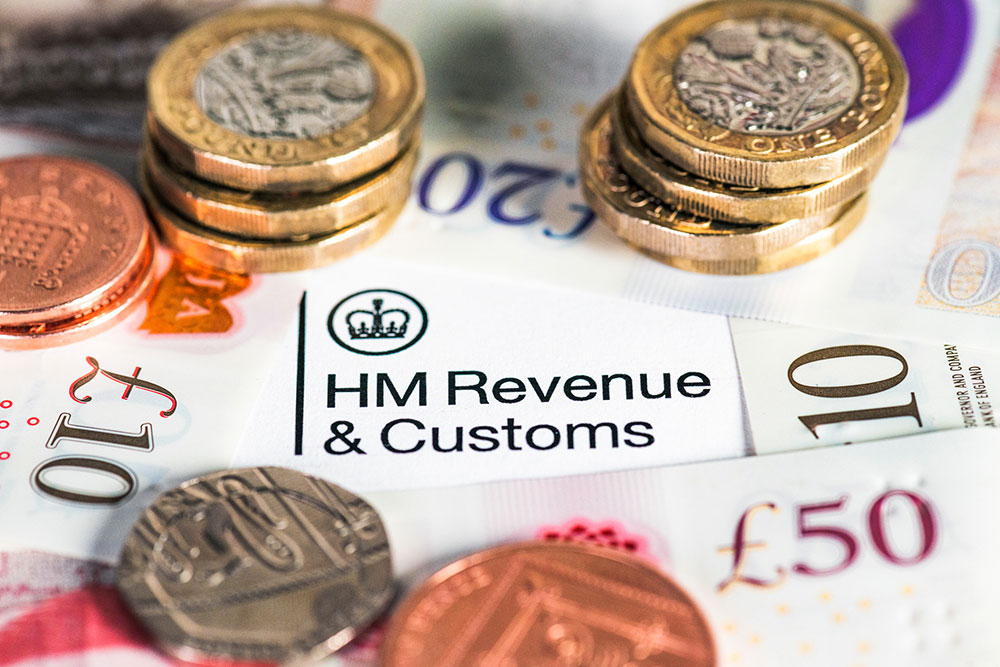Bure Valley Group is an investment introducer platform which links successful investors with exciting, innovative UK startups seeking funding. This content is for information purposes only and should not be taken as financial or investment advice.
Successful UK investors have long needed to contend with taxes eroding their hard-earned returns. Yet the complexity of the tax system can obscure some hidden tax rules which even savvy investors can sometimes miss. One example of this is the 60% effective income tax on certain taxpayers – i.e. those earning between £100,000 and £125,140. Whilst the UK officially has three tax bands (the basic rate, the higher rate and the additional rate), a strange intricacy in the system means that higher earners can sometimes end up paying more than the 45% rate.
Below, our team at Bure Valley Group shows how the 60% rate works, how investors can be affected and ideas to counteract it. We hope you find this content useful. To find out more about our EIS and other investment opportunities, visit our portfolio page here. To enquire regarding our latest projects and funding, you can reach us via:
+44 160 334 0827
What is the 60% tax rate?
There is a special rule in the UK about income tax, where the first £12,570 you earn can be free from tax (the Personal Allowance). For someone earning £30,000 per year, for instance, the first £12,570 is not taxed, leaving £17,430 subject to the 20% basic rate. However, this allowance starts to taper by £1 for every £2 someone earns over £100,000. So, someone with a £110,000 salary would see their Personal Allowance reduced by £5,000. If his earnings rose to £125,140, moreover, this tax-free allowance is eliminated.
In practice, this translates to a 60% tax on earnings between £100,000 – £125,140. First of all, income in this bracket is taxed at the 40% higher rate in 2022-23 (although it will be taxed at 45% from 6 April 2023, when the additional rate threshold is lowered). For every £100 earned over £100,000, for example, £40 is lost to income tax. Yet £20 is also lost due to the tapered Personal Allowance, leading to a total loss of £60 (i.e. a 60% effective rate of tax).
How investors can be affected
Those who invest in VCTs, the Enterprise Investment Scheme (EIS) and other tax-efficient vehicles are likely to be affected, since these opportunities are typically limited, practically, to higher earners. A 60% tax on your earnings between £100,000 – £125,140 means less money to commit to investments, thus undermining your wealth growth potential.
High earners already shoulder a significant portion of the UK’s tax burden, with the top 1% of earners providing one-third of UK income tax revenues. Relying on such a small group to cover so much of the country’s expenditure is not only risky (who will pick up the bill if these people leave?), but also discourages much-needed investment into the UK economy. Fortunately, there are still options available for investors to mitigate the 60% rate on their wealth.
Ideas to mitigate the 60% effective rate
For some investors (e.g. those with a limited company), it might make sense to re-structure how much they receive in income versus dividends. The two fall under different tax rules, with the former subject to income tax and the latter dividend tax. For instance, someone taking £120,000 in salary and £20,000 in dividends might choose to reduce his salary by £20,000 and put up his dividend by the same. Here, the taxpayer gets to fully keep his £12,570 Personal Allowance – taking away the effective 60% rate on his finances. Additionally, dividends are taxed at a lower rate compared to income. For someone paying the additional rate, respectively, the rates would be 45% and 39.35% (in 2022-23). Overall, therefore, the investor’s tax bill is lowered. However, he would need to be sure that such a re-structure would not negatively impact other areas of his financial plan. In particular, taking a lower income could reduce the amount he could borrow for a mortgage. There is also no guarantee that he will receive a total of £20,000 for a given year if the company falls upon hard times.
Another great tool to consider using is your pension. Making pension contributions reduces your income for tax purposes, potentially placing you in a lower tax bracket (e.g. the higher rate). For instance, if you earn £120,000 in 2022-23 then £20,000 of this amount will be effectively taxed at the 60% rate. However, if you put this amount straight into your pension, the taxman “sees” your income as £100,000. The money you would have paid in tax is, instead, committed to your retirement fund where it can build up compound interest over the years. Bear in mind, however, that there is a maximum £40,000 annual limit on how much you can contribute to your pension (although you may be able to “extend” this if you have unused annual allowance from the past three tax years). You also need to be sure that you will not need the money for a while, as the money will be locked away in your pension until your 55th birthday (or, 57th birthday after 2028).
Invitation
Interested in finding out more about the exciting startup projects we have on offer to investors here at Bure Valley Group? Get in touch today to start a conversation with our team and discuss some of the great investment memorandums we have available here:
+44 160 334 0827


